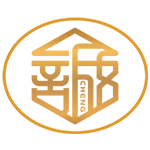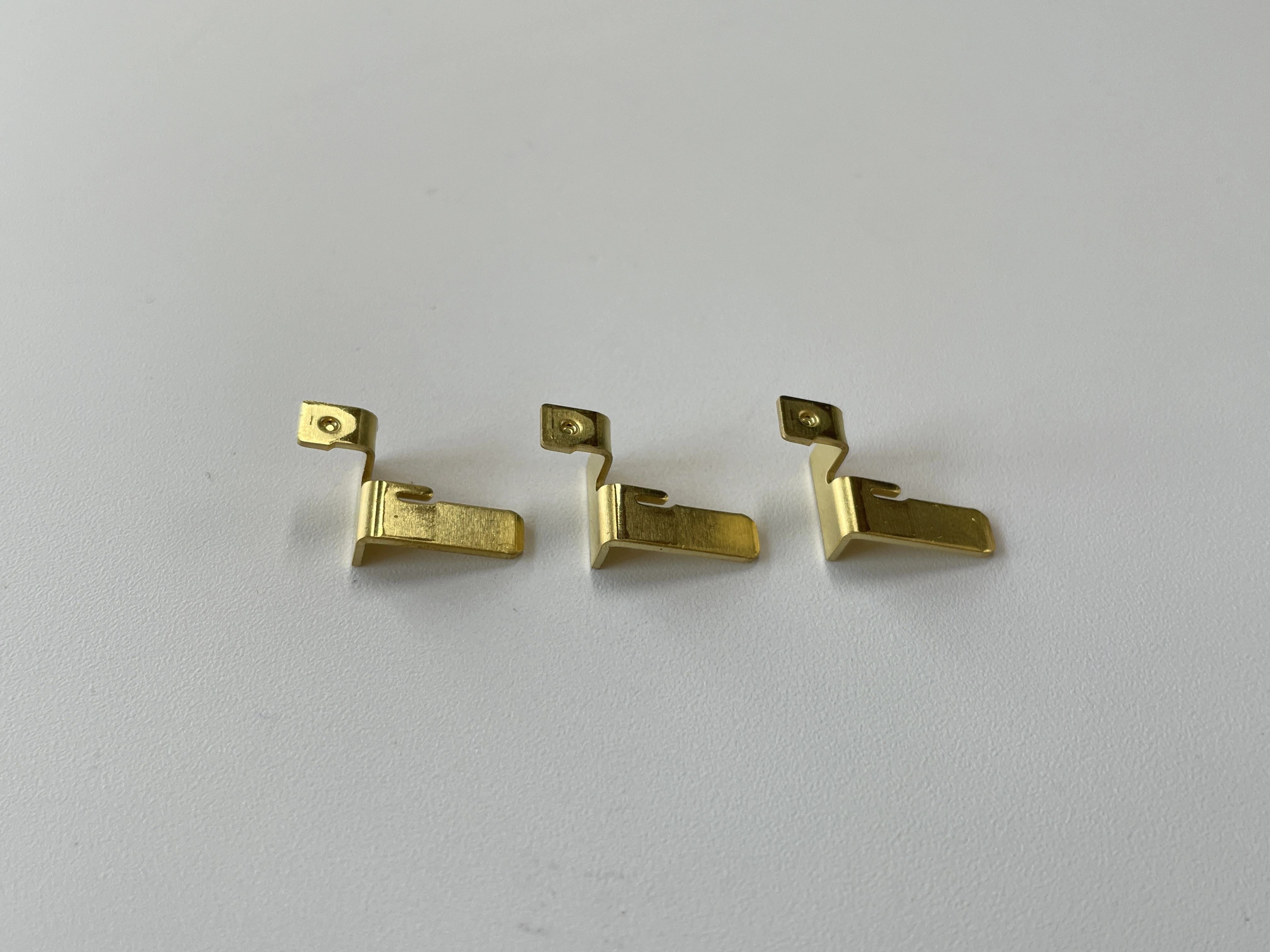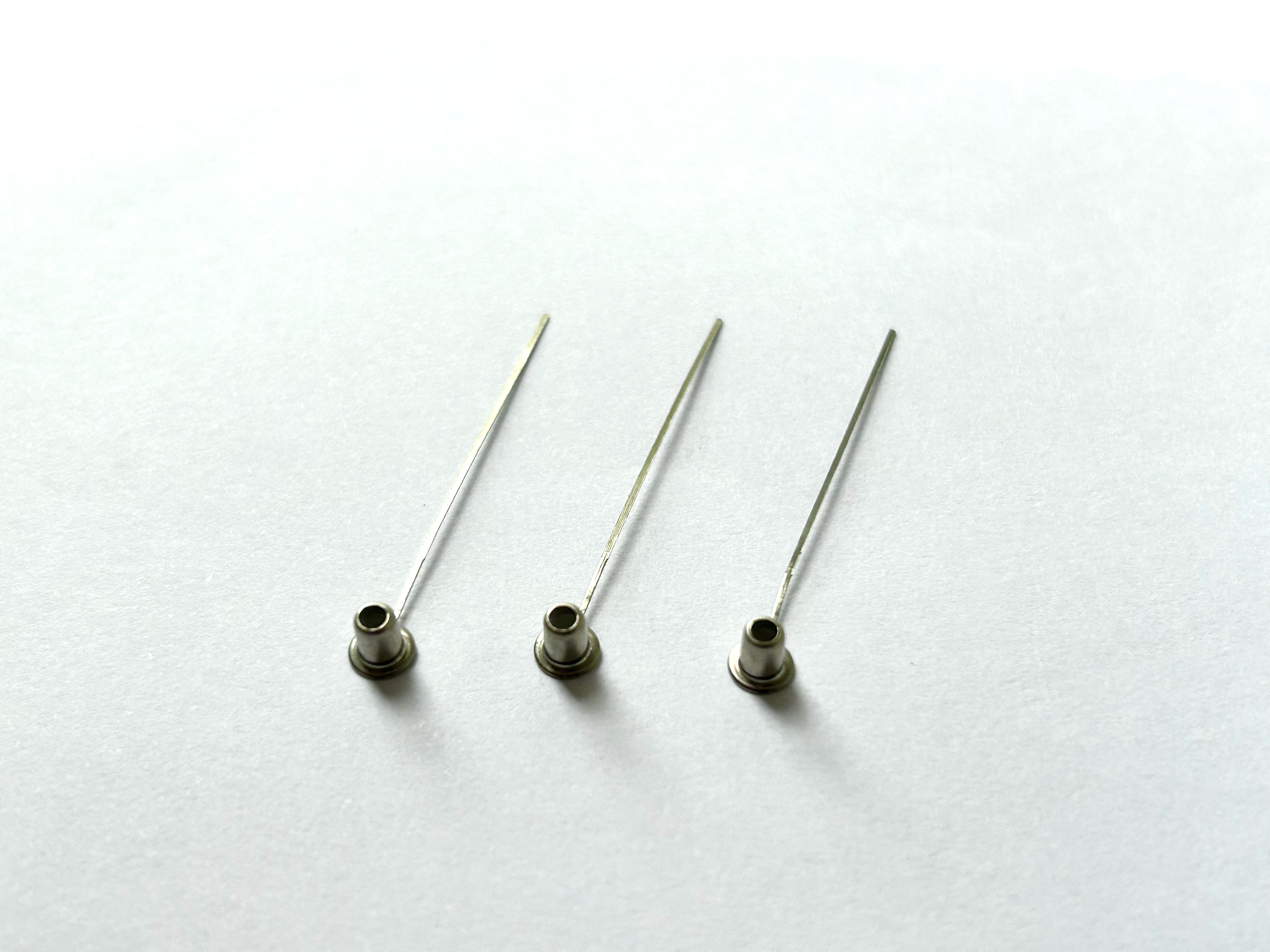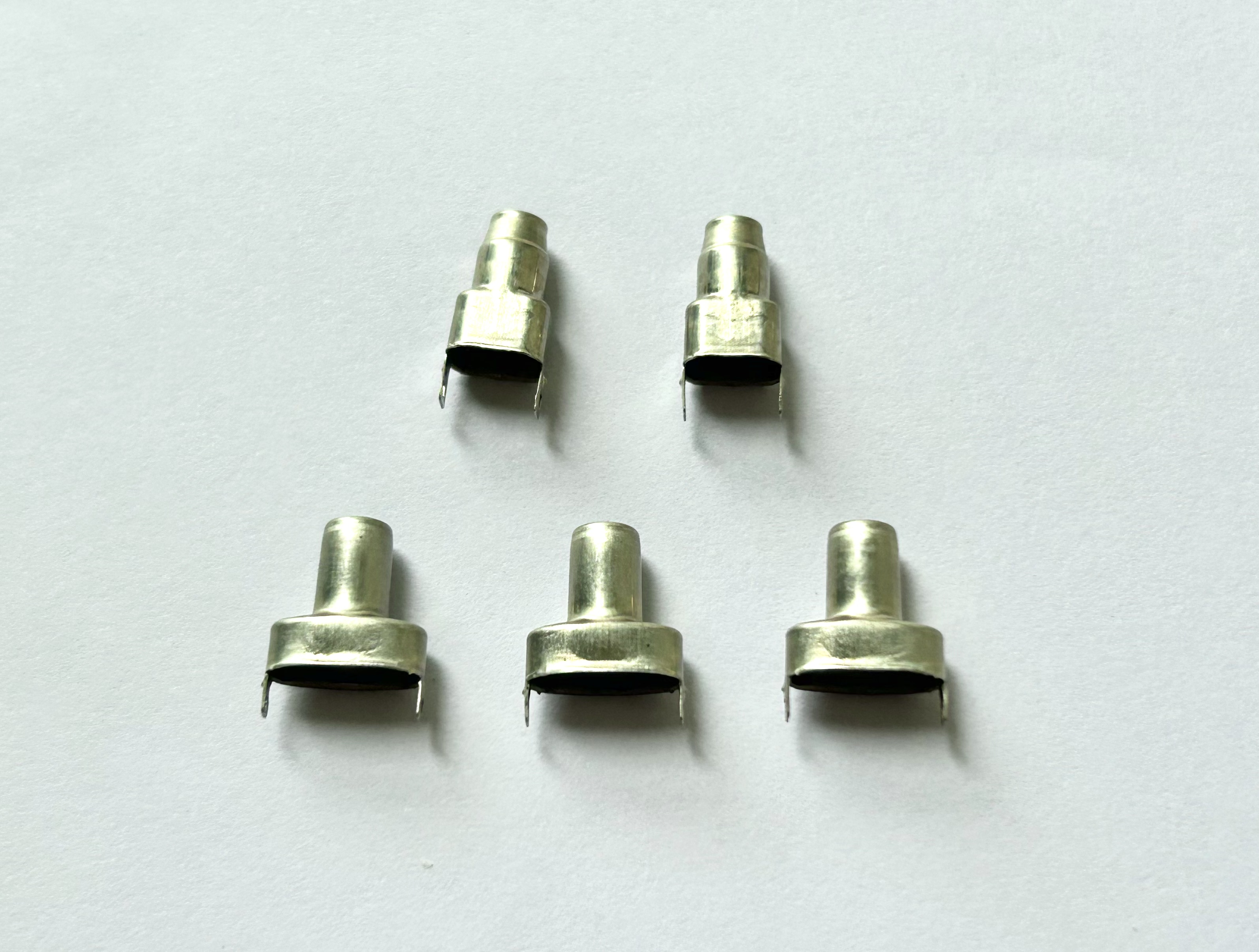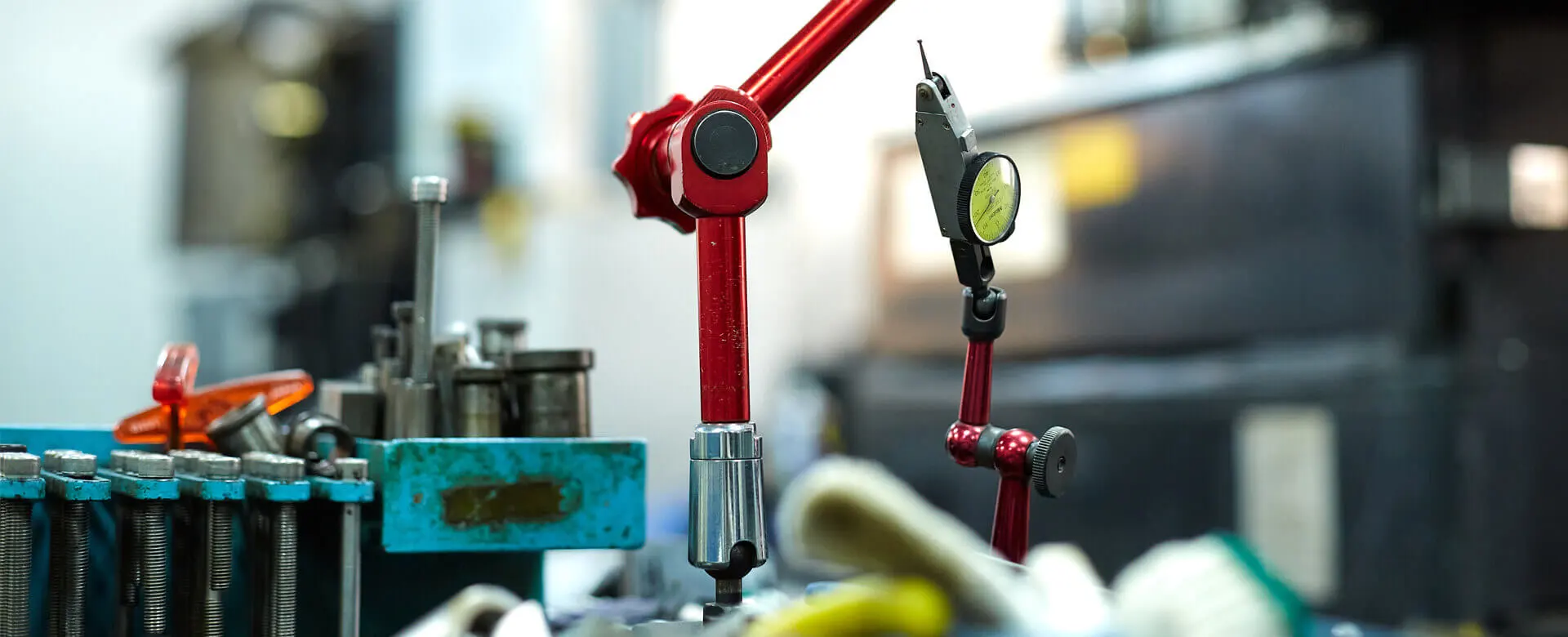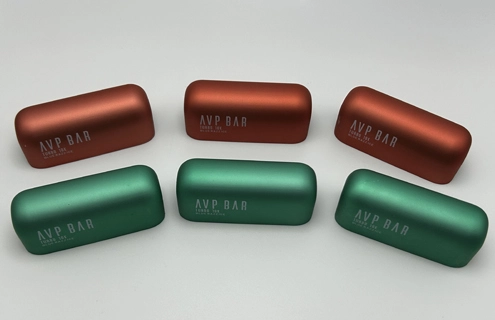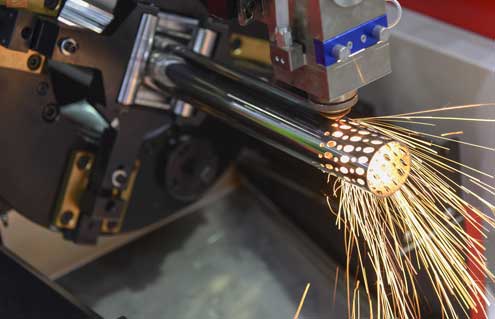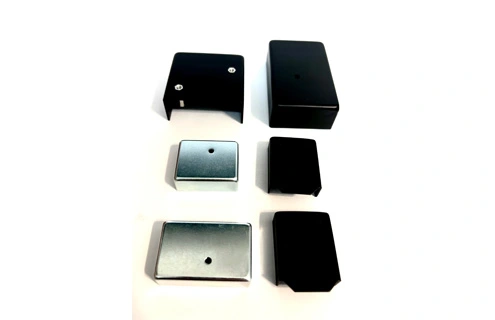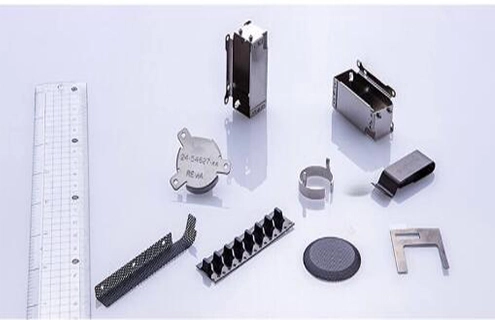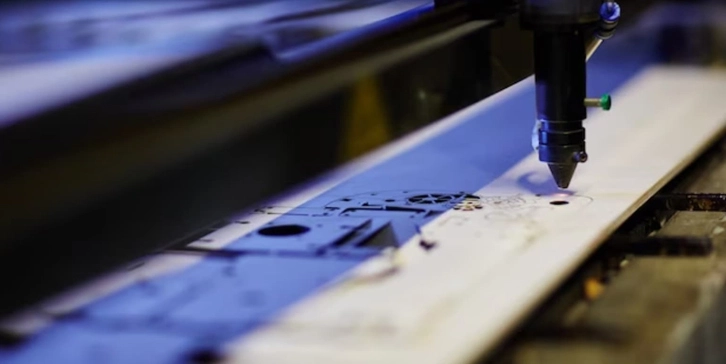JCL's Custom Metal Stamping Process for Contacts

Design and Engineering
Our expert team works closely with customers to design electronic contacts based on their application requirements. We use CAD software to prepare the part design including features like shapes, tolerances, draft angles, etc. The CAD models clearly show all critical dimensions and specifications needed for manufacturing the electronic contacts.
Material Selection
After finalizing the design, we will select the appropriate materials for manufacturing your stamped contacts. Some common materials we use for producing electronic contacts are copper, brass, or phosphor bronze, depending on factors like conductivity and durability.
Tool and Die Preparation
For making customized stamped contacts, we select the necessary tools and die machines first. These hardened tool steel tools are precision CNC machined and ground to match the exact specifications of each unique part. They are custom-made to give desired features and shapes to your electronic contacts.
Stamping Process
In the stamping process, we utilize our stamping presses to cut, form, and shape the metal sheet. Our Stamping presses are fully programmable with servo feed systems set up with the matched metal stamping tools. In the stamping process, we feed metal sheets into the press, where a die is used to cut and shape the material. We also use high-velocity forming techniques to form complex shapes for stamped contacts efficiently.
Secondary Operations
After stamping and forming, depending on the design and requirements of our customers, we do secondary operations. Like plating, heat treatment, or any additional forming may be performed to increase the properties of the stamped contacts.
Quality Inspection
We closely inspect the stamping process by using vision systems and CMMs to ensure all dimensions, tolerances, shapes, holes, and features meet specifications. Electronic contact surfaces are inspected for appropriate plating thickness and adhesion. Stamped metal parts are further analyzed using SEM microscopy and laboratory testing for plating hardness
Finishing
At last, we complete our stamped contacts manufacturing process by doing any required finishing touches, such as deburring or coating.
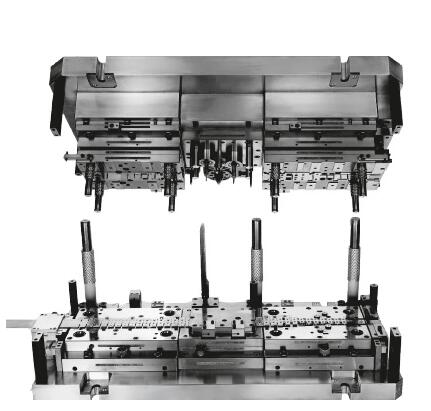

Benefits of JCL's Stamped Contacts
Complex Stamped contacts Features
Our advanced stamping process permits complex shapes, thin wall and cross sections, holes, lobes, and standoffs which couldn't be achieved with cast or machined contacts. The controlled metal flow and strain hardening of the stamping process results in excellent spring properties, allowing for intricate stamped contacts shapes yet high resiliency.
Low Cost Stamped Contacts
Our high-efficiency stamping process helps to create many extruded parts simultaneously from sheet metal coils, at a considerably lower cost compared to cast, molded, or machined contacts. This savings is especially significant for high-volume applications.
Uniformity and Consistency
Our innovative and advanced stamping tools ensure precise, consistent part dimensions for every stamped contact, a key benefit of overcast or machined contacts which have higher variability. With our automated feeding process and progressive stamping, we can produce hundreds of thousands of identical electronic contacts with controlled features and geometries.
Miniaturization
Our team and stamping process excels at manufacturing smaller electronic contacts with high precision and intricate geometries. This capability helps us to reduce contact spacing or smaller housing dimensions in space-constrained applications while controlling material waste.
Plating Compatibility
The smooth surfaces of stamped contacts allow for even, consistent platings like gold or tin to be applied after stamping for increased conductivity and corrosion resistance. This increases conductivity and corrosion resistance, and the tightly controlled tolerances make sure complete plating coverage.
Customize Designs
Our expert teams collaborate with our customers to understand their needs and design stamped contacts precisely matched to application requirements for exact electrical, mechanical, and housing fit needs. The flexibility of our manufacturing process allows us to do multiple design-production iterations to get optimal results.

